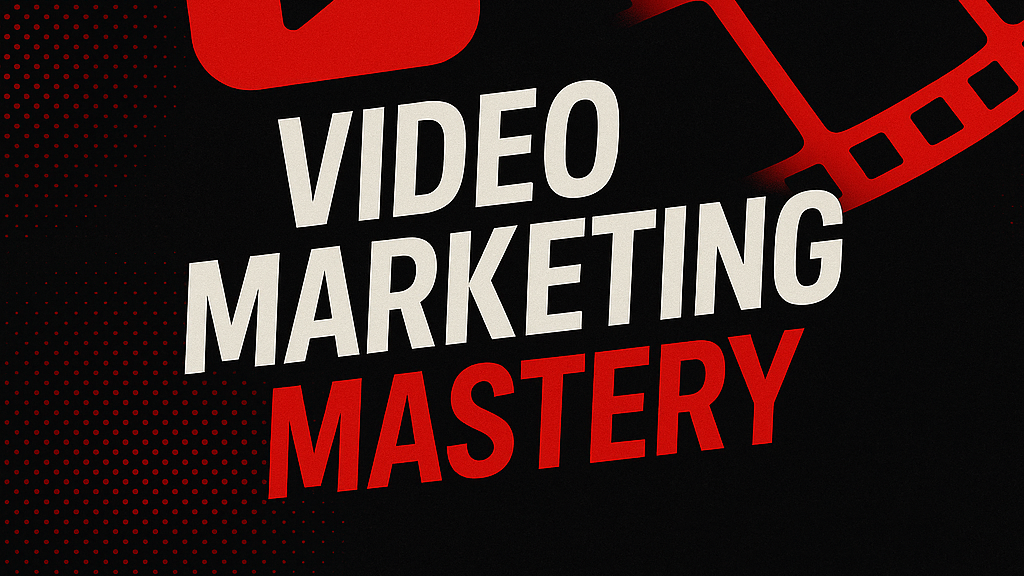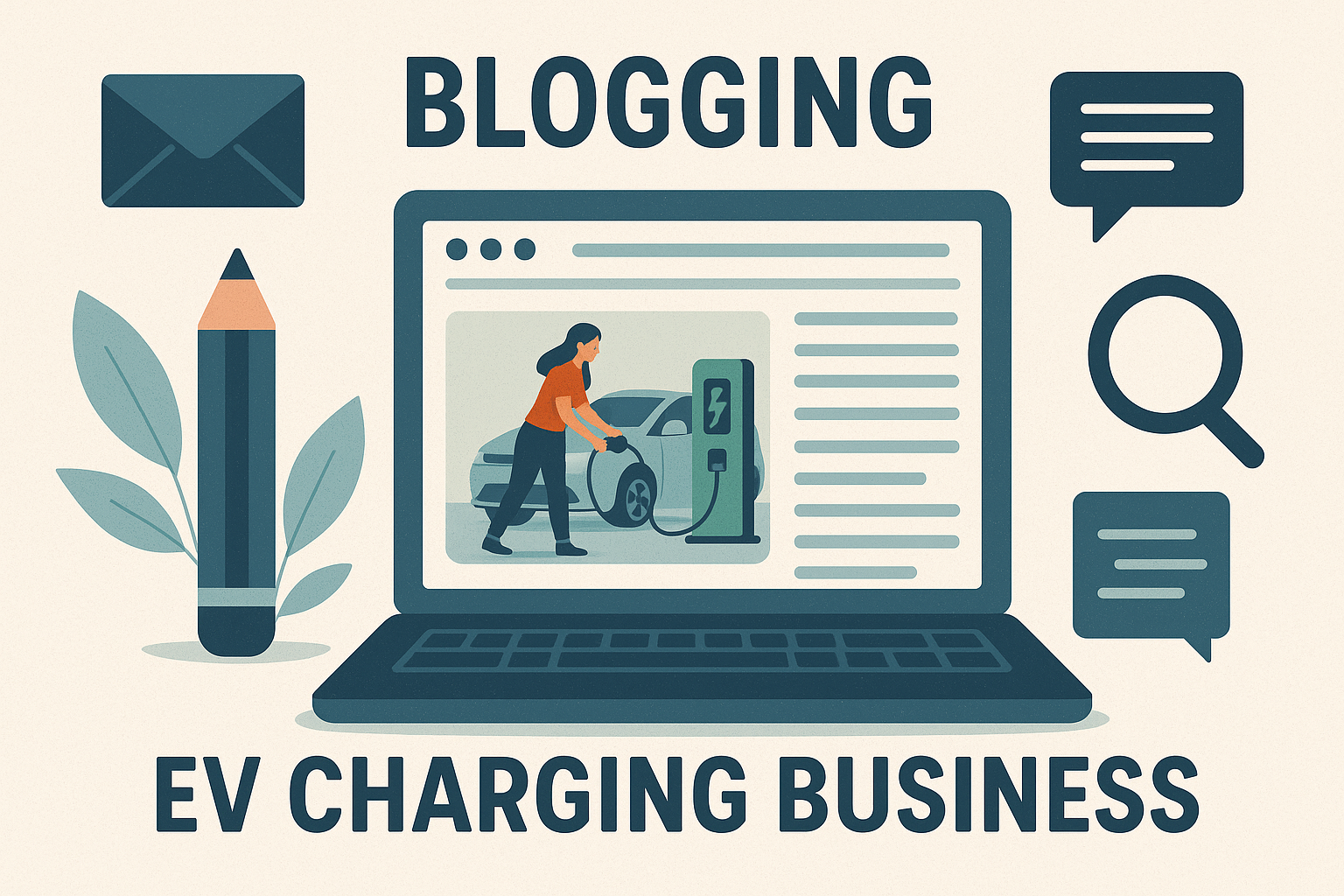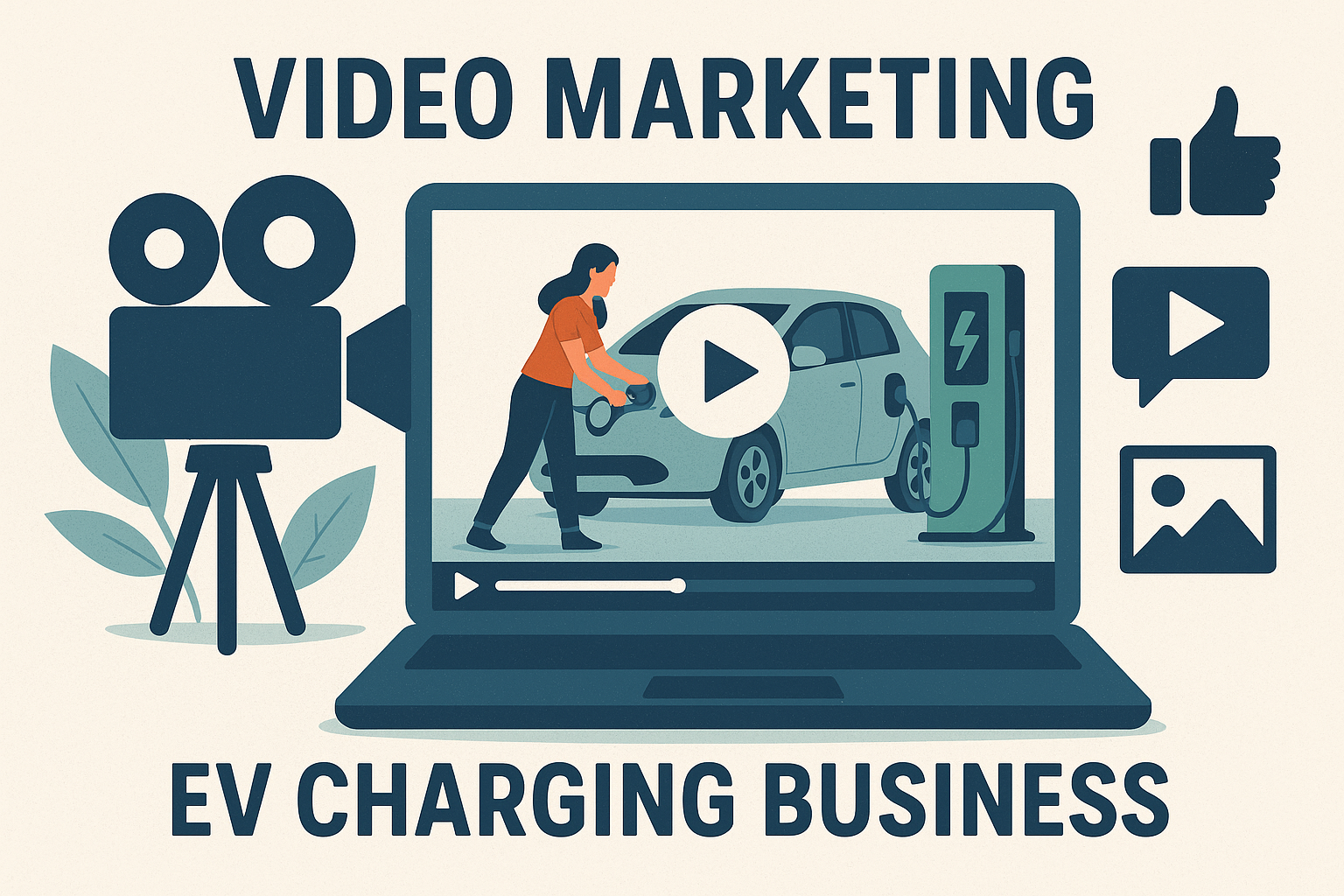You know the drill: post blog after blog and hope people read them. But by 2025, that guess-and-pray approach just won’t cut it.
The digital space is more crowded than ever. Audiences are savvy. Attention spans are short. To stand out, you need a content marketing strategy that actually works, one that’s targeted, measurable, and built around your clients’ needs.
In this guide, we’ll walk you through the essentials of crafting a content plan that elevates your brand, attracts the right audience, and ultimately supports your business goals.
1. Set Clear Objectives: What Do You Want Content to Achieve?
Stop posting blindly. First off, decide what success looks like:
- Are you aiming for brand visibility?
- Want to generate quality leads or nurture existing ones?
- Looking to educate clients or establish thought leadership?
Whatever your goal be it traffic, engagement, conversions, or all of the above, make sure it’s specific, measurable, and aligned with your business objectives.
Pro Tip: Aim for just one or two metrics per goal, like monthly unique visitors or number of qualified leads, so you can properly track and pivot if needed.
2. Understand Your Audience: Personas & Customer Journey
Generic content doesn’t convert. Build content around real people by mapping out:
- Who they are. (Installer? Manufacturer? End customer?)
- What they care about. (Cost-efficient charging solutions? Reliable equipment? Late-night support?)
- Where they are in the buying journey. (Awareness, research, comparison, decision-making)
Once you know their mindset at each stage, you can tailor your content blogs, videos, and FAQs to meet them precisely where they are.
3. Choose Content Types That Work (and Mix It Up)
By 2025, content needs to be smart, not just plentiful.
Here’s what works:
- Hygiene content: Answer frequent questions, for example, “What’s the difference between an AC and a DC charger?” These help you rank in search.
- Hub (evergreen) content: Deep-dive guides like “How to choose the right EV charger” that stay relevant over time.
- Hero content: Big, bold pieces, product launches, or case studies that grab attention and drive engagement.
Don’t just write blog posts. Incorporate:
- Short, engaging how-to videos
- Visual checklists
- Customer stories (they’re powerful)
- A downloadable PDF guide for those who want to keep their content and return later
4. Plan & Schedule: Make It Manageable
A great strategy needs a realistic plan. Use a content calendar to lay out:
- What content goes live and when
- Who is responsible for producing it
- Where it will be promoted (website, email, social, partner sites)
Match your output with team capacity, whether that’s one blog a week or one in-depth video a month. Consistency is better than random bursts.
5. Create with Quality & Clarity
By now, you’ve defined objective, audience, format, and schedule. Next: create with precision.
Tips to keep your content sharp:
- Write clearly, avoiding buzzwords or fluff
- Use subheadings, bullets, and short paragraphs to aid readability
- Include real examples and step-by-step tips; practicality wins over fluff
- Add visuals, screenshots, diagrams, and infographic bites to make the content more digestible
Remember: clarity over cleverness. The content should feel like an expert explaining not trying to impress.
6. Distribute, Promote & Repurpose Smartly
A post sitting quietly on your blog isn’t earning its keep.
Make the most of each piece by:
- Sharing on LinkedIn, X (formerly Twitter), and Instagram, where your audience hangs out
- Embedding content in emails to clients or leads
- Turning a long blog into short social videos, quotable graphics, or a mini-email series
Promotion amplifies reach. Repurposing multiplies ROI.
7. Measure, Learn & Improve Constantly
Content strategy isn’t “set and forget”. You need data.
Track the basics:
- Page views, time on page (for visibility and interest)
- Engagement metrics comments, shares (for resonance)
- Lead generation form fills, downloads, clicks (for value)
Then adapt: If a topic underperforms, tweak it. If something resonates, consider a series. Let the data drive your next move.
8. Future-Proofing: Stay On Trend for 2025 and Beyond
The only constant in digital is change. Keep your strategy fresh by:
- Leveraging short-form video content (TikTok, Reels) as they stay dominant in algorithms
- Optimising for AI-powered search tools, think conversational Q&A formats, and FAQ structured data
- Embracing user-generated content customer photos or installer reviews, builds trust
- Partnering with industry influencers or trade blogs for co-created content
You don’t need to use all formats, but enough to stay current and visible.
Real Example: How a Content Calendar Might Look
| Week | Content Type | Topic / Format | Goal |
| 1 | Blog + Infographic | “How to choose an EV charger for your home” | Awareness (traffic) |
| 2 | Video | “Installer tips: selecting cable length wisely” | Engagement |
| 3 | Customer Story Blog | “How XYZ Installer scaled using bidirectional tech” | Consideration → Contact |
| 4 | Social Tear Sheet | Key stats + link to blog | Retargeting |
This balance keeps every week productive and purpose-led.
Conclusion: Strategy Wins Over Activity
If your content gives value, aligns with business goals, and addresses real people’s needs, it becomes an asset, not a task.
Here’s your quick checklist:
- Clear goals in place
- Audiences defined, journey mapped
- Formats strategised hygiene, hub, hero
- Production calendar active
- Promotion and repurposing systems used
- Performance tracked and improved
Want help turning that checklist into a plan that works? S4 Digital specialises in exactly this. Let’s build you a strategy that actually performs without nonsense or jargon, just results.
FAQs
- What is the most important element of a content marketing strategy in 2025?
The most important element is relevance. With AI-driven personalisation, businesses must ensure that their content speaks directly to the needs, interests, and behaviours of their target audience. - How has AI changed content marketing?
AI is transforming how brands create, distribute, and optimise content. From predictive analytics to AI-powered writing assistants and smart content recommendations, it enables more precise targeting and better ROI. - Do UK businesses still need blogs in 2025?
Absolutely. Blogs remain one of the best ways to build authority, improve SEO rankings, and generate leads. However, they must be well-researched, engaging, and tailored for mobile readers. - What role does video play in content marketing today?
Video is now non-negotiable. Short-form videos, live streams, and explainer content dominate platforms like YouTube, TikTok, and LinkedIn, making them vital for brand visibility and customer engagement. - How can small businesses compete with larger brands in content marketing?
Small businesses can compete by focusing on niche expertise, local SEO, and authenticity. Creating high-value, relatable content often resonates more than generic campaigns from big brands. - How often should businesses update their content strategy?
At least once a year, but ideally every 6 months. Digital trends, algorithms, and consumer behaviours evolve rapidly, so regular updates keep your strategy effective.







